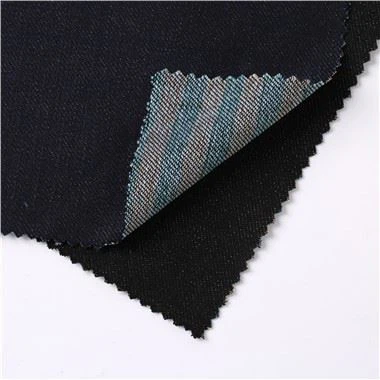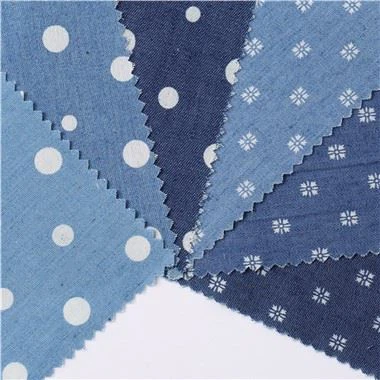The difference between knitted denim and woven denim
May 11, 2023
The difference between knitted denim and woven denim is firstly distinguished from the perspective of dyeing, the yarn used for woven denim needs sizing, while the yarn used for knitted denim does not need sizing.
From the selection of raw materials, the yarn used for knitting denim has a relatively low twist and high cotton, while the yarn used for woven denim has a higher twist, and the requirements for matching cotton are often slightly lower.
If it is used for weft yarn or weaving on the machine, the knitted denim yarn can be used on the woven fabric, but the woven denim yarn cannot be directly used on the knitting machine, because the twist is too large to cause fabric defects, even if it is barely woven knitted fabrics, it will also cause the overall weft skew to exceed the standard due to the large twist, which is not conducive to the cutting and sewing of garments, resulting in serious twisting of legs and other adverse consequences.


Difference Between Woven and Knitted
Difference 1: The organizational structure of the fabric
Knitting is made by bending the yarns into coils in order, and the coils are interlaced to form a fabric. Woven is made of two or more groups of mutually perpendicular yarns interwoven at a 90-degree angle. The longitudinal yarns are called warp yarns, and the horizontal yarns are called weft yarns.
Difference 2: physical mechanics
The physical and mechanical properties of knitted fabrics are very good, including longitudinal density, transverse density, square meter weight, elongation, elasticity, breaking strength, coverage, and bulk density. The physical and mechanical properties of woven fabrics only include the yarn density of warp and weft yarns, selvage, front and back, forward and reverse wool direction, and fabric coverage.
Difference 3: The basic unit of fabric organization
The smallest unit of knitted fabric is the loop. The coil is composed of the coil stem and the extension line in a space curve. The smallest unit of a woven fabric is a weave point, that is every intersection point between warp and weft yarns.
Weaving is a process in which yarns are formed into loops, it can be carried out horizontally or vertically. Horizontal weaving is called weft knitting, and longitudinal weaving is called warp knitting. Knitting is divided into two categories: hand knitting and machine knitting. Hand knitting uses stick needles, it has a long history, exquisite techniques, and flexible flower shapes, it has been widely spread and developed among the people.







